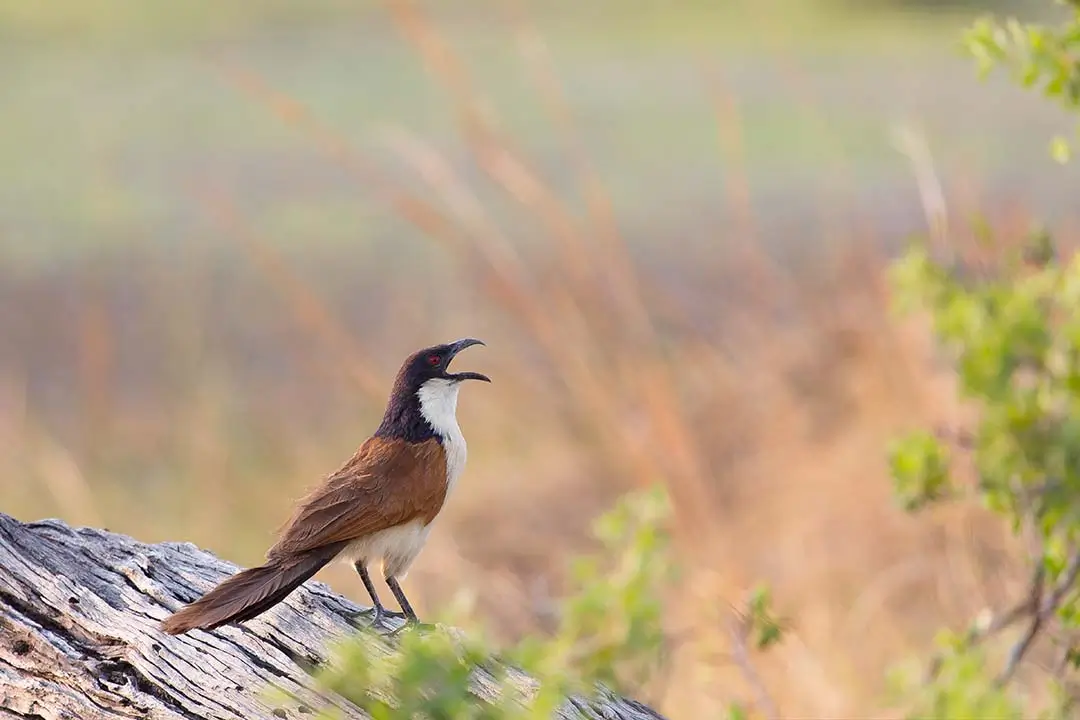
BIRDING IN
Stapleford Forest

BIRDING IN
Stapleford Forest

BIRDING IN
Stapleford Forest

BIRDING IN
Stapleford Forest
Stapleford Forest is south of the Honde valley, 50 km north-east of Mutare, near the village of Penhalonga and forms part of the eastern border of Zimbabwe with Mozambique. It is under commercial forestry plantations controlled by the Forestry Commission of Zimbabwe, and falls within the Mutasa Rural District Council. The Mutasa Communal Land forms the northern and western borders of Stapleford. The highest point of 2,030 m (Mt Rupere) in the west of Stapleford forms a watershed, with the Odzani river flowing southwest and the Nyamahwarara river flowing north-east.
The forest includes the three areas of indigenous rainforest and Brachystegia woodland found within Stapleford. There is a fairly large patch of montane rainforest on the south-eastern slope of a steep-sided valley beneath Mt Rupere, next to the John Meikle Forest Research Station. It contains six different forest-types and many interesting species. The upper region consists of mainly Syzygium, with Podocarpus further down the slope and Craibia forest on boulder-scree. The area has not been checked from the ground so the exact size and site descriptions are not known. From vegetation maps, the forest and Brachystegia woodland appear to cover an area of 1,400 ha.
On the eastern border is a prominent mountain, Gurungwe, which peaks at 1,885 meters and drops steeply to the Nyamahwarara valley at 700 meters. This has a good example of mid-altitude forest with Maranthes and Khaya. Breonadia grows along stream banks. The top and eastern slopes of Mt Chinyamariro, to the south of Stapleford, have a welldevelopedSyzygium forest. Most of this forest belongs to Border Timbers, a commercial forest estate.
There is abundance of wildlife in the Great Limpopo Transfrontier Park, with a total of 147 species of mammal, 116 reptile species, 49 species of fish, 34 species of frogs, 500 or more bird species, in addition to at least 2,000 species of plants. It is possible to see all the iconic African big game, including elephant, black and white rhinoceros, lion, leopard, giraffe, zebra, buffalo and many antelope species.There are bird specials here that are far easier to find than anywhere else in the country. You'll probably be able to tick off lifers like grey-headed parrot, African broadbill, short-clawed lark, Shelley's francolin and crested guineafowl. Others, like Arnott's chat and the Senegal coucal, are central African birds at the southern edge of their range here.
Our Experts are ready to provide answers
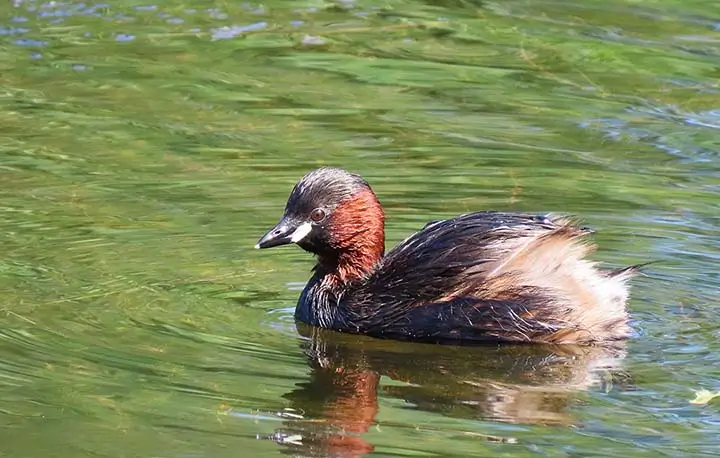
Common birds to look out for while catching your breath are several miombo specials, namely the Miombo Rock Thrush, Miombo Grey and Rufousbellied tits, Miombo Double-collared Sunbird, and MashonaHyliota.
Read More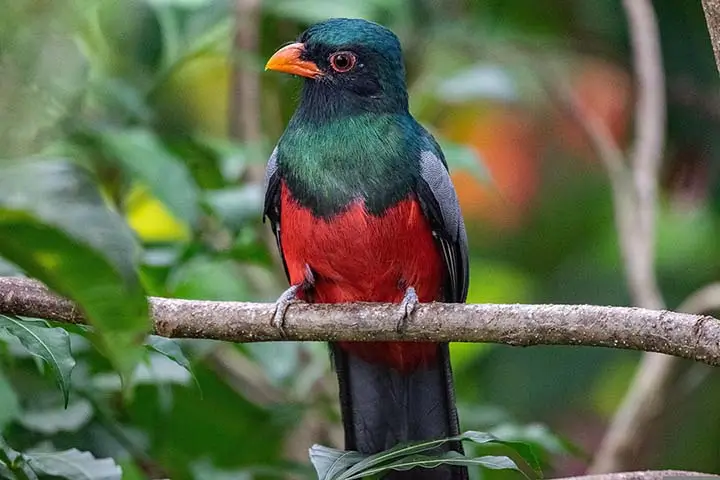
Chizarira provides a wide variety of habitats for birds, with nearly 400 species having been recorded.
Read More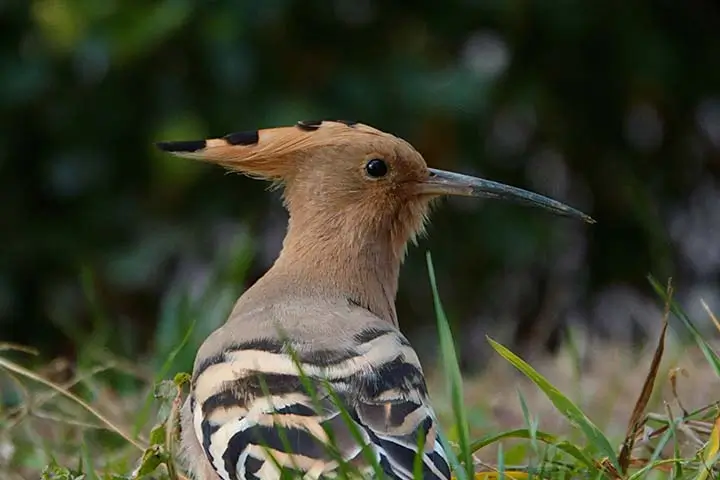
owering red cliffs and massive baobab trees create a dramatic backdrop to Big 5 game viewing as well as bird watching that ranks among the best in the region.
Read More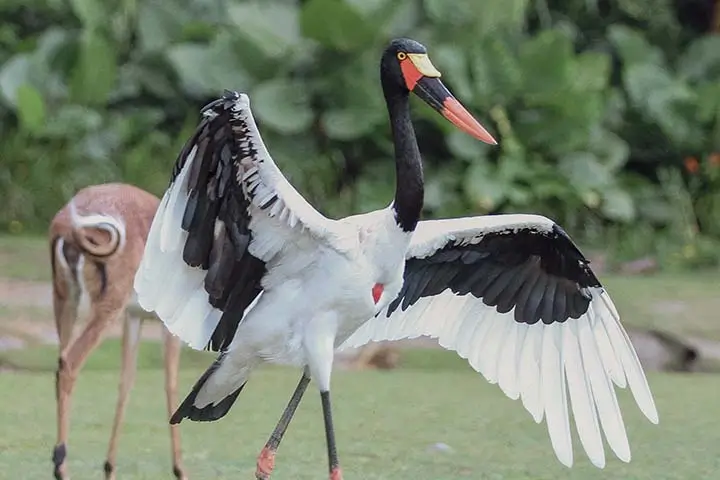
Generally, Hwange is considered to be of conservation importance for 24 species, including Ciconiaepiscopus, Oxyuramaccoa, Gallinula angulata and Chlidonias hybridus.
Read More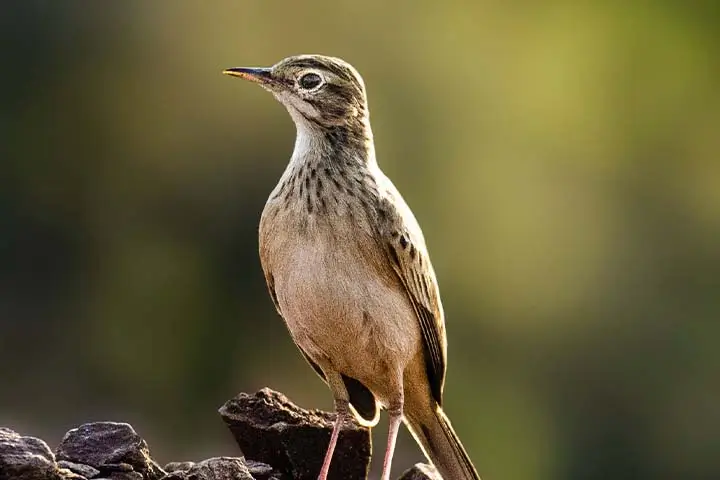
he pan systems are also ideal habitat to a large variety of water birds, with a number of species including storks, crowned cranes, stilts, cormorants, ducks and kingfishers occurring throughout the area.
Read More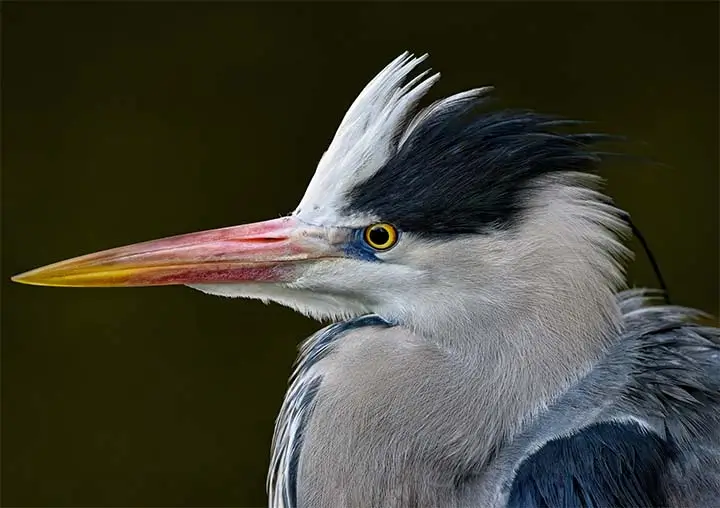
The remnant pools of the mighty Zambezi River attract many mammals and bird species.
Read More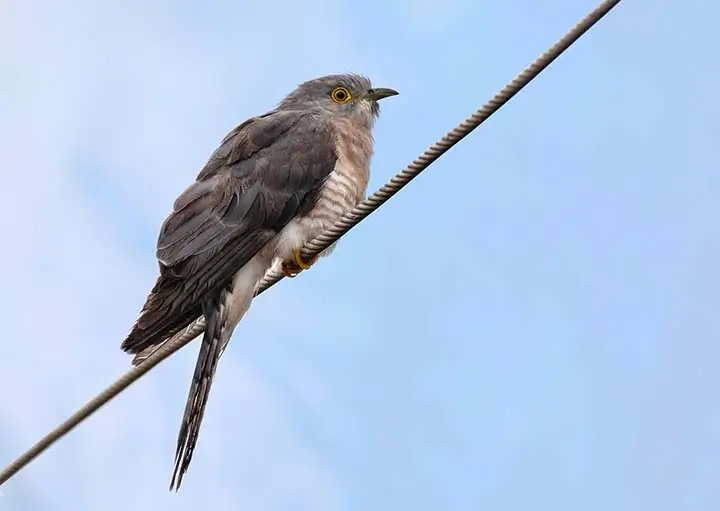
Matobo National Park contains the highest concentration of black eagles, and breeding pairs of these birds, worldwide.
Read More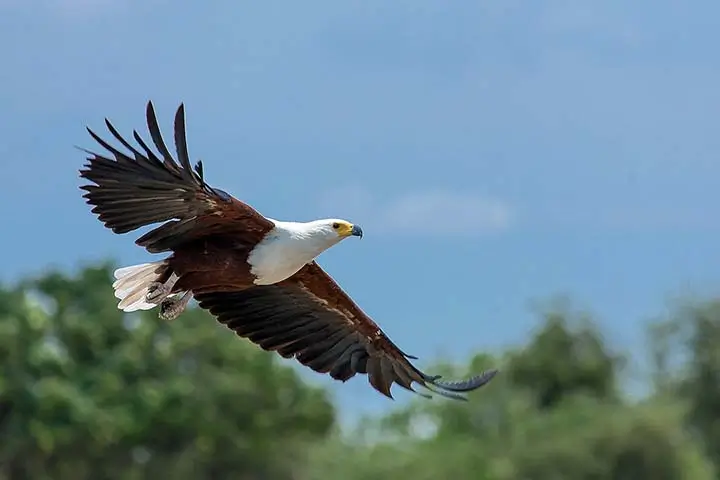
Giant African fishing eagles sit on trees. Smaller but colorful kingfishers and bee-eaters divebomb for fish and insects and when you add all the egrets and cranes and storks it's a total birder's paradise.
Read More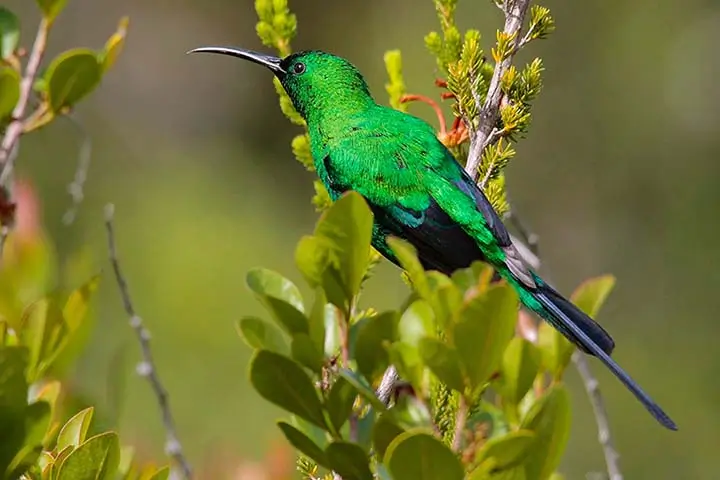
The Nyanga Mountains form the northernmost extent of the Eastern Highlands in Zimbabwe. They lie about 70 km north-east of Mutare in two rural Districts, Nyanga and Mutasa.
Read More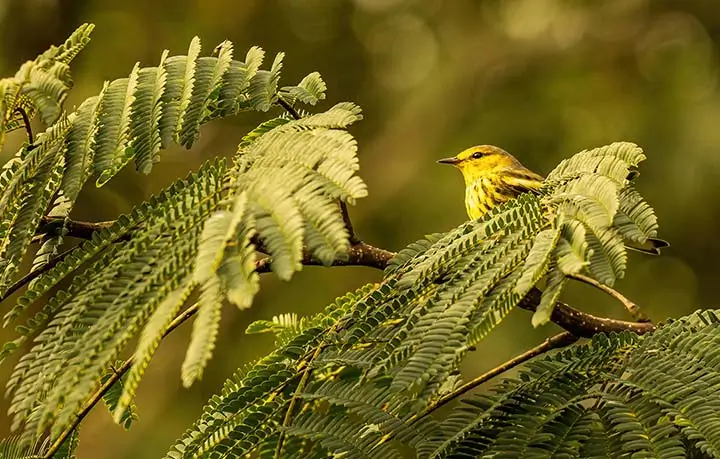
Lake Chivero hosts many waterbirds, and 100 species are on the checklist. At times, thousands occur. In the austral winter, many ducks loaf on the dam during their flightless moult.
Read More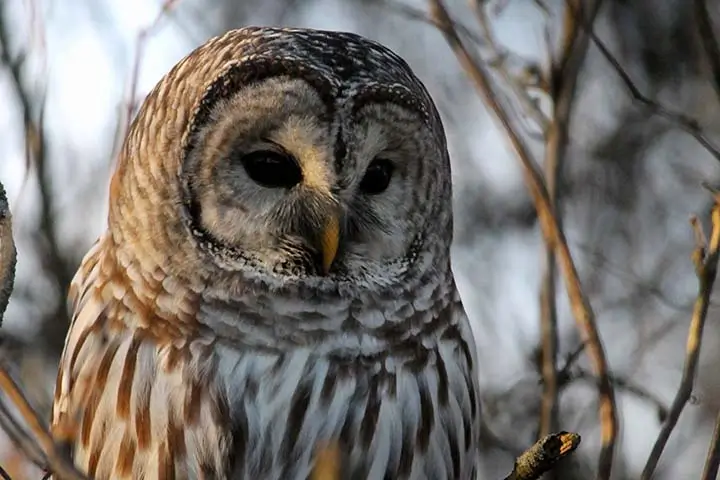
Just 15 kilometres from Mutare, the capital of Manicaland province, rise the rounded granite domes of the Bvumba, the Eastern Highlands' most popular birding destination.
Read More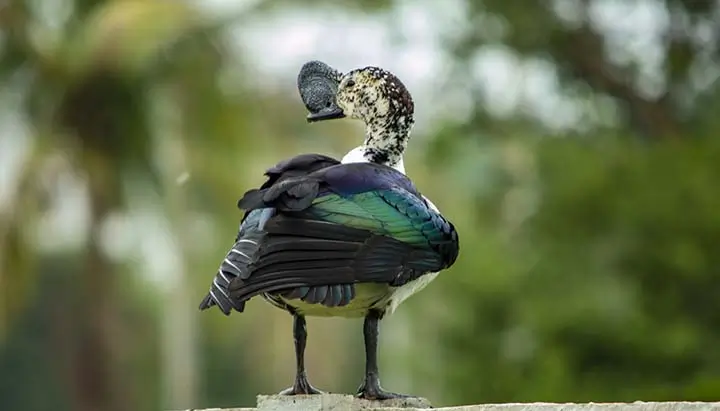
Birding is a highlight of a trip to Victoria Falls: 470 species of birds have been recorded in both these parks and in the Victoria Falls area, including Pel's fishing owl, African skimmers.
Read More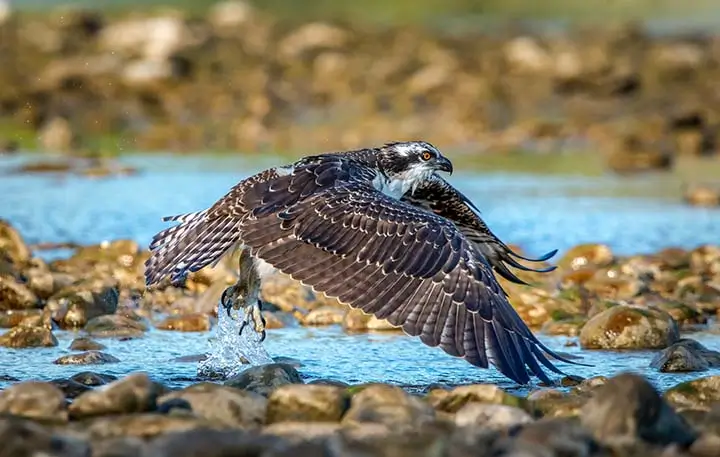
Over 400 species of birds have been recorded within the Zambezi National Park. Pel's fishing owl, African skimmer, collared palm thrush; lanner falcon, goliath heron, African finfoot, rock pratincole and long-toed lapwing are considered to be among the speciality birds of the park.
Read More